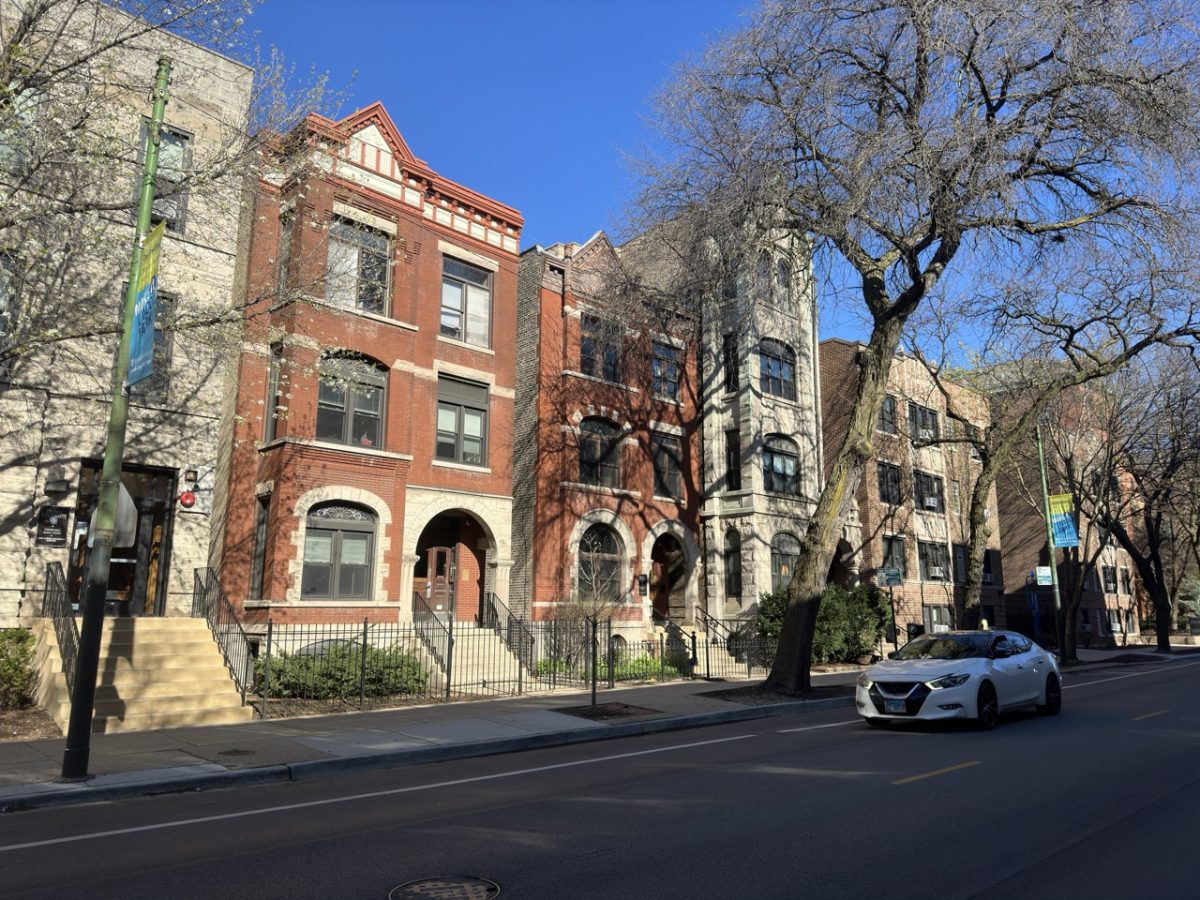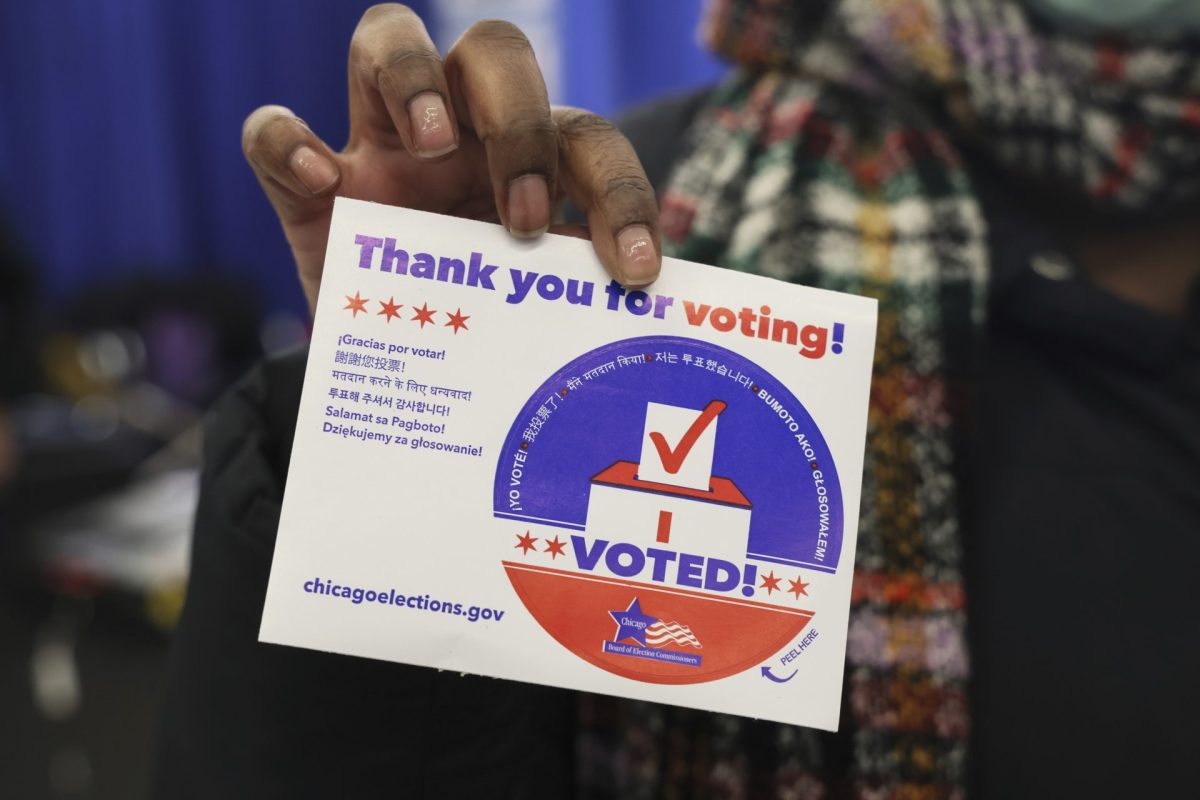Chicagoans not only helped re-elect the president Nov. 6, they also passed a referendum allowing the city to participate in municipal aggregation.
Enacting municipal aggregation means the city will negotiate with alternative suppliers to ComEd to reportedly supply power to about a million homes and businesses. DePaul University, however, is not likely to benefit from the initiative.
Chicago residents and small commercial operations that use less than a certain amount of energy each year will be able to get their electricity through a new supplier at what is projected to be a much lower rate.
DePaul already purchases about 90 percent of its electricity from third-party suppliers.
Bob Janis, DePaul’s vice president for Facility Operations, said that the majority of the university’s electricity comes from Mid American Energy, some smaller accounts run through Integrys and the smallest are with ComEd.
“The outcome from the Nov. 6 ballot won’t affect us very much really because we have been purchasing the overwhelming majority of our electricity from non-[ComEd] providers and have been doing so for quite some time,” Janis said. “We actually only purchase about 5 percent of our total load from Edison right now, for a series of very small buildings and meters, and have the ability to change even that segment at will.”
Although municipal aggregation won’t impact DePaul, it will affect students who live in off-campus apartments. All residents and small businesses that consume less than 15,000 kilowatt hours annually that are being served by the current supplier, ComEd, are eligible for aggregation.
Lisa Dornan, the senior director for public & media relations for Spark Energy explained the switch. “By the time the aggregation program begins, any consumer that is still on ComEd’s default electricity service is automatically switched to the municipal aggregation program.”
If a consumer does not want to go through the new supplier, they can opt-out and stick with ComEd’s rates, said Brian Bowe, Illinois direct mass market manager for Integrys.
With opt-out aggregation, the city will negotiate a price with their selected supplier or suppliers. They will then gather the names and addresses of account holders and once the supplier has those names and addresses, they will send out an opt-out notice or letter that explains the program terms and conditions and the price.
“Say, if Integrys were the supplier, with opt-out the consumer has to let us know that they don’t want to participate,” Bowe said. “If we don’t hear back from them, they will be enrolled.”
Consumers have a further choice; they can choose an electricity supplier other than ComEd even if they opt-out of the program. “For Spark Energy and similar retail electric suppliers who serve in ComEd’s footprint, while this can lead to a smaller pool of consumers to market to, it does not impact consumers’ ability to select the retail electric supplier of their choice should they prefer not to be automatically moved into a program and price-point by their municipality,” Dornan said.
For consumers that do not opt-out of the program, the process of switching to aggregation should be fairly smooth. According to the Citizens Utility Board website, utility workers won’t need to come by to change any equipment. The new electrical supplier will still use ComEd’s polls and cables, and maintain the power lines. Residents will still call ComEd for outages and service problems.
“In 2011 the residential market opened up,” Bowe said, explaining that Integrys only served commercial accounts before April of 2011, when they were able to start serving private accounts.
ComEd makes their money off of distribution, so with municipal aggregation, they are not losing customers, Bowe said.
“The third-party suppliers supply the electricity… and ComEd moves the product to the end user,” Bowe said. “The supplier lets ComEd know what the charges are and the consumer continues to pay ComEd. It remains one bill.”
“For the consumer, it’s really painless in reality; so all they see is a lower price.”
Experts project that the city could save approximately $100 million over several years, and individuals could save around $100 each during that time with municipal aggregation.
Savings for DePaul are still unknown, Janis said.
“We’ll see what happens when the city negotiates its rate with multiple providers and go from there as it relates to the small accounts,” Janis said. “One thing that we have an eye to already is blending them with the balance when we look to re-price our overall electricity requirement in the later part of 2013, when current contracts will come due.”
Janis also noted that a significant amount of the energy supplied to DePaul is renewable.
“We are currently buying 7 percent of our total overall load as renewable (wind) energy source,” he said. “We might expand that percentage but it has to be at the right price.”
Before a supplier can be chosen and a deal can be finalized, the city must hold two public hearings. Then aldermen will vote on the plan, possibly by the end of the year.
City officials have to negotiate a very large deal under a very short deadline. The deal will affect electricity rates for approximately 1 million Chicagoans and will be the largest deal of its kind ever attempted in the country.







